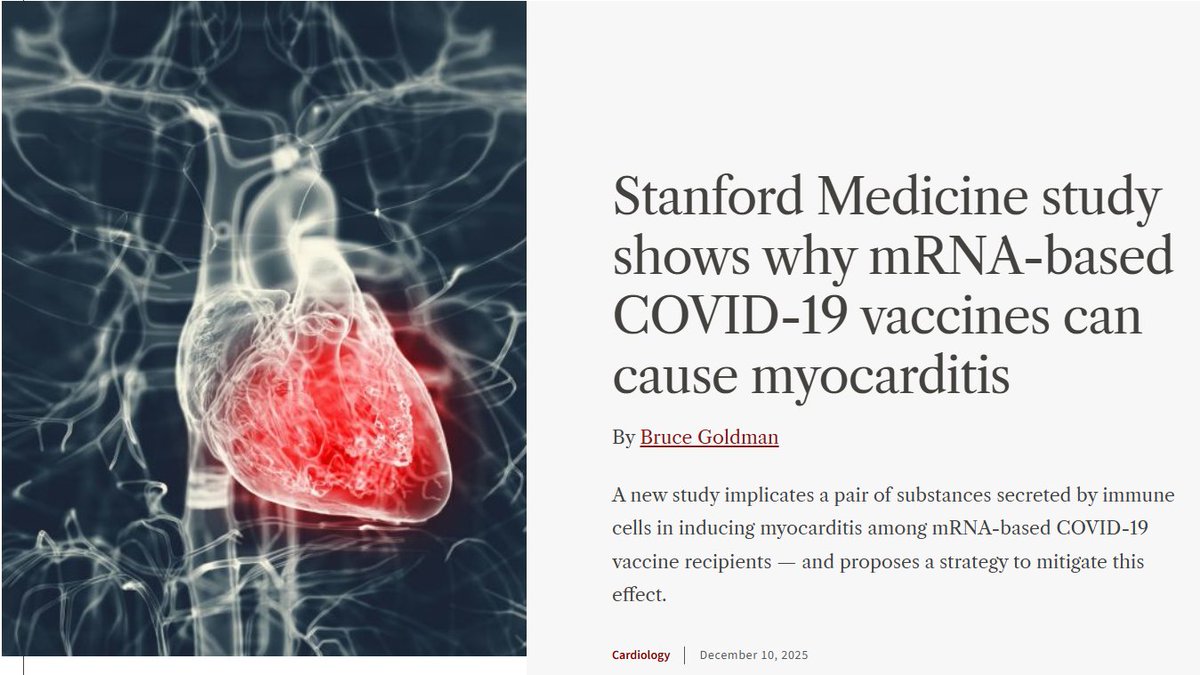[1/n] Debido al post de @gummibear737 no va a quedar otra que explicar nuestra hipótesis de cómo las mitigaciones universales (por ej. cuarentena) extendidas en el tiempo causan más muerte que lo que hizo Suecia.
[2/n] Lo que voy a comentar está todavía en desarrollo y ni siquiera es el tema central del paper que estamos escribiendo con @LDjaparidze, así que no intenten leer entre líneas o en detalle.
[3/n] La idea general es: Como muchos fenómenos en física y biología, la curva de muerte es dependiente del camino. De una forma u otra se llega a la inmunidad comunitaria, y habrá muertes durante ese camino. La pregunta es siempre COMO llegamos ahí.
[4/n] Ya sea por infección, por vacunación (al menos por un tiempo) o por muerte, parte de la población no puede contagiar más. Mientras tanto, en el tiempo, vamos a seguir contabilizando muertes (triste, pero un hecho).
[5/n] El argumento central es el siguiente. Asumimos un sistema con 2 clases (como el COVID): Vulnerables y Sanos. Hasta llegar a la inmunidad comunitaria (el virus se vuelve endémico) se espera que una clase tenga N muertes cada 100000 habitantes y la otra N'.
[6/n] Como las muertes esperadas de los Vulnerables es mucho mayor que de los Sanos, cualquier camino que aumente el riesgo de infección de los Vulnerables tendrá a lo largo del tiempo mayor cantidad de muertes.
[7/n] Y cuanto más largo sea ese camino, mayor será la cantidad.
[8/n] Entonces la estrategia óptima es que los Sanos se infecten primero porque su riesgo de muerte es varios órdenes de magnitud menor (10x a 100x menor), Llegar a inmunidad comunitaria de la forma más rápida y ética posible siempre va a minimizar las muertes.
[9/n] Las cuarentenas son mitigaciones universales. Esto significa: Si tú eres el virus, como no pudimos extinguirte, cuando debas infectar (para reproducirte) sólo podrás hacerlo con quien haya cometido un error al protegerse.
[10/n] En probabilidad llamamos a esto "Camino Aleatorio". Se le asigna la misma probabilidad a elegir un Vulnerable o un Sano. La probabilidad de elegir un Vulnerable es p=0.5 

[11/n] Las mitigaciones segmentadas como cuidar más a los Vulnerables, hacen más difícil que tú como virus puedas infectarlos y en contraposición más fácil para tí elegir un Sano. Este último contribuye a la inmunidad comunitaria con riesgos mínimo (p tiende a 0). 

[12/n] En la práctica, p no es exactamente p=0.5 ni p=0, diferencias demográficas, o que la gente trabaje y las políticas públicas influencian ese número. La pregunta es: "¿Será posible estimar ese p?". Bueno, de eso se trata nuestro paper
[13/n] En resumen: Si no es posible extinguir rápidamente, a medida que la epidemia se extiende, las mitigaciones universales fuerzan a que la probabilidad de infectar Vulnerables y Sanos se equiparen. Por lo tanto, de aplicarlas tendremos más muertos.
• • •
Missing some Tweet in this thread? You can try to
force a refresh





